Home>Furniture & Design>Outdoor Furniture>How Deep Does Outdoor Electrical Need To Be Buried
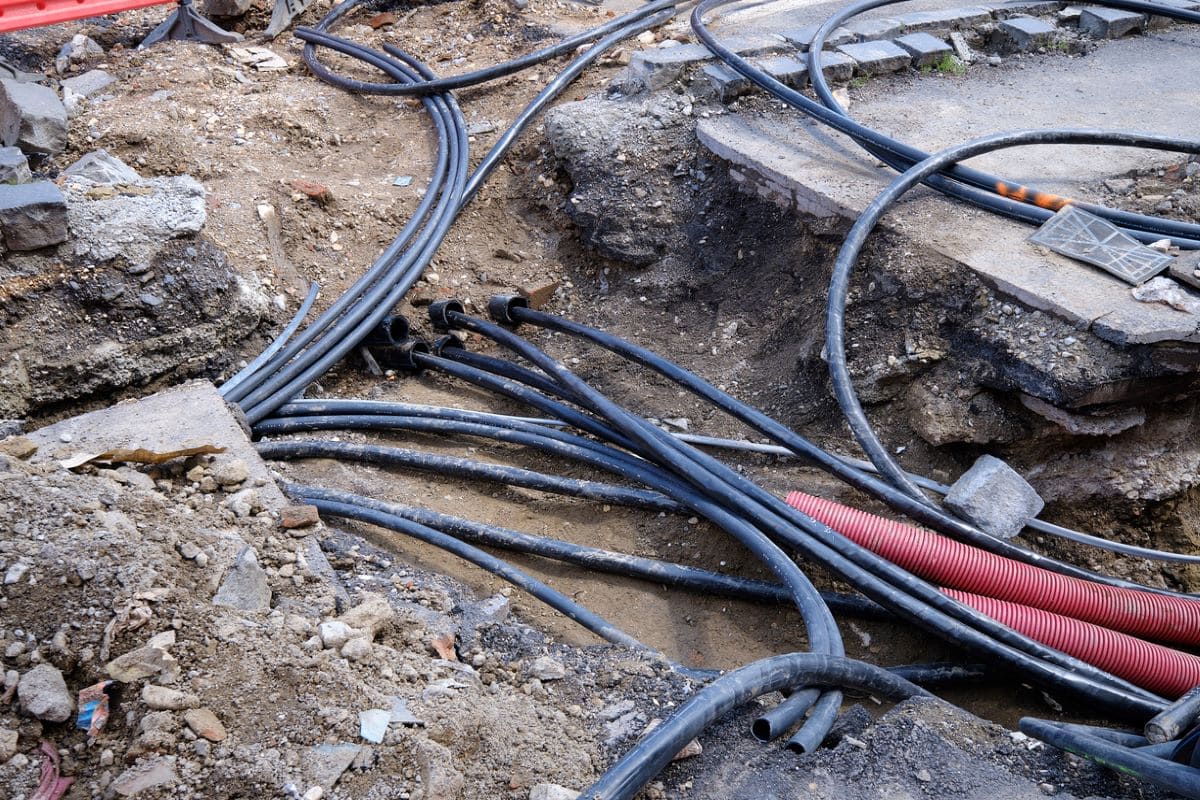

Outdoor Furniture
How Deep Does Outdoor Electrical Need To Be Buried
Modified: March 2, 2024
Ensure safety and compliance by burying outdoor electrical at the proper depth. Learn the regulations for burying outdoor electrical to protect your outdoor furniture and design.
(Many of the links in this article redirect to a specific reviewed product. Your purchase of these products through affiliate links helps to generate commission for Storables.com, at no extra cost. Learn more)
Introduction
When it comes to outdoor electrical wiring, ensuring safety and compliance with regulations is paramount. Whether you're installing lighting, a water feature, or a power source in your outdoor space, understanding the proper burial depth for electrical wiring is crucial. This article delves into the factors that influence burial depth requirements, the guidelines set forth by the National Electrical Code (NEC), the significance of local building codes, the various types of outdoor electrical wiring, and the specific depth requirements for different wiring types. Additionally, we'll explore special considerations for direct burial cables to provide you with a comprehensive understanding of how deep outdoor electrical wiring needs to be buried. By the end of this article, you'll be equipped with the knowledge to ensure the safety and compliance of your outdoor electrical installations.
Key Takeaways:
- Ensure outdoor electrical wiring is buried at the right depth to protect it from soil, frost, and damage. Consider soil type, frost line, and local building codes for a safe and reliable installation.
- Different types of outdoor electrical wiring have specific burial depth requirements. From UF cable to direct burial cables, understanding the depth recommendations ensures the longevity and functionality of the electrical system.
Factors to Consider
Several crucial factors come into play when determining the appropriate burial depth for outdoor electrical wiring. Understanding and considering these factors is essential for ensuring the safety and longevity of the electrical system. Here are the primary factors to take into account:
- Soil Type: The composition of the soil in your outdoor space can significantly impact the burial depth requirements. Soil with high moisture content, such as clay, may necessitate deeper burial to protect the wiring from potential corrosion or damage.
- Frost Line: In regions prone to freezing temperatures, the depth at which the soil freezes, known as the frost line, must be considered. Electrical wiring should be buried below the frost line to prevent damage caused by ground movement during freezing and thawing cycles.
- Landscaping and Traffic: If the outdoor area is subject to landscaping activities, vehicular traffic, or other forms of ground disturbance, the wiring should be buried at a sufficient depth to avoid accidental damage.
- Proximity to Water Sources: When installing electrical wiring near water features, irrigation systems, or other sources of moisture, extra precautions must be taken to prevent water infiltration and ensure the safety of the electrical system.
- Protective Measures: Consideration should be given to the use of additional protective measures, such as conduit or direct burial cables, to safeguard the wiring from environmental elements and potential mechanical damage.
By carefully evaluating these factors, you can make informed decisions regarding the burial depth of outdoor electrical wiring, ultimately promoting safety, durability, and compliance with regulatory standards.
National Electrical Code (NEC) Guidelines
The National Electrical Code (NEC), published by the National Fire Protection Association (NFPA), serves as the benchmark for safe electrical installation practices in the United States. It provides comprehensive guidelines and standards to ensure the protection of people and property from electrical hazards. The NEC addresses various aspects of electrical wiring, including the burial depth requirements for outdoor installations.
According to the NEC, the minimum burial depth for underground electrical wiring in outdoor locations is generally specified as 18 inches. However, there are exceptions and variations based on specific circumstances and wiring types. For example, the NEC may require deeper burial depths in areas with rocky terrain, high water tables, or other environmental factors that could compromise the safety and integrity of the wiring.
It’s important to note that the NEC is periodically updated to incorporate advancements in technology, safety standards, and industry best practices. As a result, staying informed about the latest NEC requirements is crucial for ensuring compliance with current regulations and promoting the safety of outdoor electrical installations.
Adhering to the NEC guidelines not only helps mitigate electrical risks but also demonstrates a commitment to professional and responsible electrical practices. By following the NEC standards for burial depth and other relevant requirements, individuals and organizations can contribute to the overall safety and reliability of outdoor electrical systems.
Local Building Codes
In addition to the National Electrical Code (NEC), local building codes play a pivotal role in regulating outdoor electrical installations. Local building codes, which are established and enforced by municipal or regional authorities, provide specific requirements and standards tailored to the unique characteristics and needs of a particular area. These codes often supplement and, in some cases, override certain aspects of the NEC to address local environmental, geological, and safety considerations.
When it comes to burial depth requirements for outdoor electrical wiring, local building codes may impose more stringent guidelines based on factors such as soil composition, climate, and historical weather patterns. For instance, regions prone to seismic activity, heavy precipitation, or extreme temperature variations may have specialized burial depth specifications to enhance the resilience of electrical systems against environmental stresses.
It’s essential for individuals and professionals involved in outdoor electrical projects to familiarize themselves with the specific provisions outlined in local building codes. By consulting with local building authorities or qualified professionals, such as licensed electricians or building inspectors, stakeholders can gain insights into the precise burial depth requirements and other regulatory considerations applicable to their geographic area.
Compliance with local building codes not only ensures the safety and reliability of outdoor electrical wiring but also fosters harmonious integration with the surrounding environment and infrastructure. By respecting and adhering to local regulations, individuals contribute to the overall resilience and sustainability of outdoor electrical systems, promoting the well-being of communities and the preservation of natural resources.
Outdoor electrical wiring should be buried at least 18 inches deep to protect it from damage and meet safety codes. Use a trenching shovel to dig the trench and always check local regulations before starting.
Types of Outdoor Electrical Wiring
Outdoor electrical wiring encompasses a diverse array of cable types, each designed to meet specific performance and environmental requirements. Understanding the characteristics and applications of different wiring types is crucial for determining the appropriate burial depth and ensuring the long-term functionality of outdoor electrical systems. Here are some common types of outdoor electrical wiring:
- UF (Underground Feeder) Cable: UF cable is a popular choice for outdoor electrical installations due to its moisture-resistant properties and suitability for direct burial. It is commonly used for powering outdoor lighting, sheds, and other outdoor structures.
- THWN/THHN Wire: THWN (Thermoplastic Heat and Water-resistant Nylon-coated) and THHN (Thermoplastic High Heat-resistant Nylon-coated) wires are versatile options suitable for both indoor and outdoor applications. They are commonly used in conduit systems for outdoor wiring projects.
- Direct Burial Cable: Direct burial cables are specifically designed for underground installations without the need for conduit. These cables are engineered to withstand soil moisture, temperature variations, and physical stress, making them an ideal choice for outdoor electrical wiring projects.
- Low-Voltage Lighting Cable: Designed for outdoor lighting systems, low-voltage lighting cables provide a safe and energy-efficient solution for illuminating outdoor landscapes, pathways, and architectural features.
- Armored Cable (AC): Armored cable, also known as BX cable, features a flexible metal sheath that provides mechanical protection, making it suitable for outdoor applications where additional durability is required.
Each type of outdoor electrical wiring has unique characteristics that influence its burial depth requirements and installation methods. Factors such as insulation materials, moisture resistance, and mechanical durability play a significant role in determining the suitability of a particular wiring type for underground deployment.
By selecting the most appropriate wiring type based on the specific environmental and functional demands of an outdoor electrical project, individuals and professionals can ensure the resilience, safety, and efficiency of the electrical system. Additionally, consulting with experienced electricians or electrical suppliers can provide valuable insights into the optimal wiring solutions for outdoor applications.
Depth Requirements for Different Types of Wiring
When planning outdoor electrical installations, understanding the burial depth requirements for different types of wiring is essential for ensuring compliance with safety standards and promoting the longevity of the electrical system. The following are general depth recommendations for various types of outdoor electrical wiring:
- UF (Underground Feeder) Cable: UF cable is typically buried at a depth of 24 inches to provide adequate protection against physical damage and environmental factors. This deeper burial depth helps safeguard the cable from potential disturbances caused by landscaping activities or shallow digging.
- THWN/THHN Wire: When installed in conduit for outdoor applications, THWN/THHN wire is commonly buried at a depth of 18 inches. This depth ensures sufficient protection while allowing for ease of installation and maintenance within the conduit system.
- Direct Burial Cable: Direct burial cables are designed to be buried at varying depths depending on the specific cable type and local code requirements. In general, direct burial cables should be buried at a depth of 24 inches to 30 inches to ensure adequate protection against moisture, soil compaction, and external pressure.
- Low-Voltage Lighting Cable: Low-voltage lighting cables are typically buried at a depth of 6 inches to 12 inches, providing a balance between protection and accessibility for maintenance and reconfiguration of outdoor lighting systems.
- Armored Cable (AC): Armored cable, known for its mechanical durability, is often buried at a depth of 6 inches to 18 inches, depending on local code requirements and the specific environmental conditions of the installation site.
It’s important to note that these depth recommendations serve as general guidelines, and actual burial depths may vary based on local building codes, soil characteristics, and specific project requirements. Consulting with local building authorities, licensed electricians, or electrical engineers is crucial for determining the precise burial depth requirements applicable to a particular outdoor electrical wiring project.
By adhering to the recommended burial depths for each wiring type and considering site-specific factors, individuals can ensure the safety, functionality, and compliance of outdoor electrical installations, contributing to the overall reliability and resilience of the electrical infrastructure.
Special Considerations for Direct Burial Cables
Direct burial cables are specifically engineered for underground installations in outdoor environments, offering robust protection against moisture, soil compaction, and physical stress. When deploying direct burial cables, several special considerations should be taken into account to ensure optimal performance and longevity.
Moisture Resistance: Direct burial cables feature moisture-resistant insulation and shielding to safeguard the conductors from water infiltration. This critical feature ensures the integrity of the electrical system, especially in areas with high soil moisture content or proximity to water sources. Proper burial depth, typically ranging from 24 inches to 30 inches, provides an additional layer of defense against moisture ingress.
Mechanical Protection: The design of direct burial cables incorporates enhanced mechanical durability to withstand the pressure exerted by the surrounding soil and potential external impacts. Ensuring the appropriate burial depth in accordance with local code requirements and soil conditions is essential for shielding the cables from physical damage caused by excavation, landscaping activities, or natural ground movement.
UV Resistance: In outdoor environments, direct burial cables are exposed to ultraviolet (UV) radiation from sunlight. Selecting UV-resistant cable designs and burying the cables at the recommended depth helps mitigate the effects of UV exposure, preserving the structural and electrical properties of the cables over time.
Grounding and Bonding: Proper grounding and bonding of direct burial cables are critical for electrical safety and system performance. Adhering to the grounding requirements specified by the National Electrical Code (NEC) and local building codes ensures the effective dissipation of electrical faults and minimizes the risk of electrical hazards in outdoor environments.
Thermal Considerations: Direct burial cables may be subjected to temperature variations in the underground environment. Understanding the thermal characteristics of the cables and selecting designs with appropriate temperature ratings contribute to the reliability and longevity of the electrical system, especially in regions with extreme climate conditions.
By addressing these special considerations and adhering to industry best practices, individuals and professionals can deploy direct burial cables with confidence, knowing that the electrical system is well-equipped to withstand the rigors of outdoor environments. Consulting with experienced electricians, electrical engineers, and cable manufacturers can provide valuable insights and guidance for maximizing the performance and durability of direct burial cables in outdoor installations.
Conclusion
Understanding the burial depth requirements for outdoor electrical wiring is essential for ensuring the safety, reliability, and compliance of electrical installations in outdoor spaces. By considering factors such as soil type, frost line, landscaping activities, and proximity to water sources, individuals and professionals can make informed decisions regarding the burial depth of electrical wiring, mitigating potential risks and promoting the longevity of the electrical system.
The guidelines set forth by the National Electrical Code (NEC) provide valuable standards for burial depth, with specific considerations for different environmental and geological conditions. Local building codes further supplement these guidelines, offering region-specific requirements tailored to the unique characteristics of the area.
When selecting outdoor electrical wiring, understanding the characteristics and applications of different cable types, such as UF cable, THWN/THHN wire, direct burial cable, low-voltage lighting cable, and armored cable, is crucial for determining the optimal burial depth and ensuring the resilience of the electrical system.
Special considerations for direct burial cables, including moisture resistance, mechanical protection, UV resistance, grounding and bonding, and thermal characteristics, play a pivotal role in ensuring the durability and performance of underground electrical installations in outdoor environments.
By adhering to the recommended burial depths for each wiring type, considering site-specific factors, and addressing special considerations for direct burial cables, individuals and professionals can contribute to the overall safety, reliability, and sustainability of outdoor electrical systems. Collaboration with experienced electricians, electrical engineers, and local building authorities provides valuable guidance for navigating the complexities of outdoor electrical installations and ensuring compliance with regulatory standards.
Ultimately, by integrating knowledge, best practices, and specialized expertise, stakeholders can create outdoor electrical systems that not only meet safety and regulatory requirements but also enhance the functionality and enjoyment of outdoor spaces for years to come.
Frequently Asked Questions about How Deep Does Outdoor Electrical Need To Be Buried
Was this page helpful?
At Storables.com, we guarantee accurate and reliable information. Our content, validated by Expert Board Contributors, is crafted following stringent Editorial Policies. We're committed to providing you with well-researched, expert-backed insights for all your informational needs.
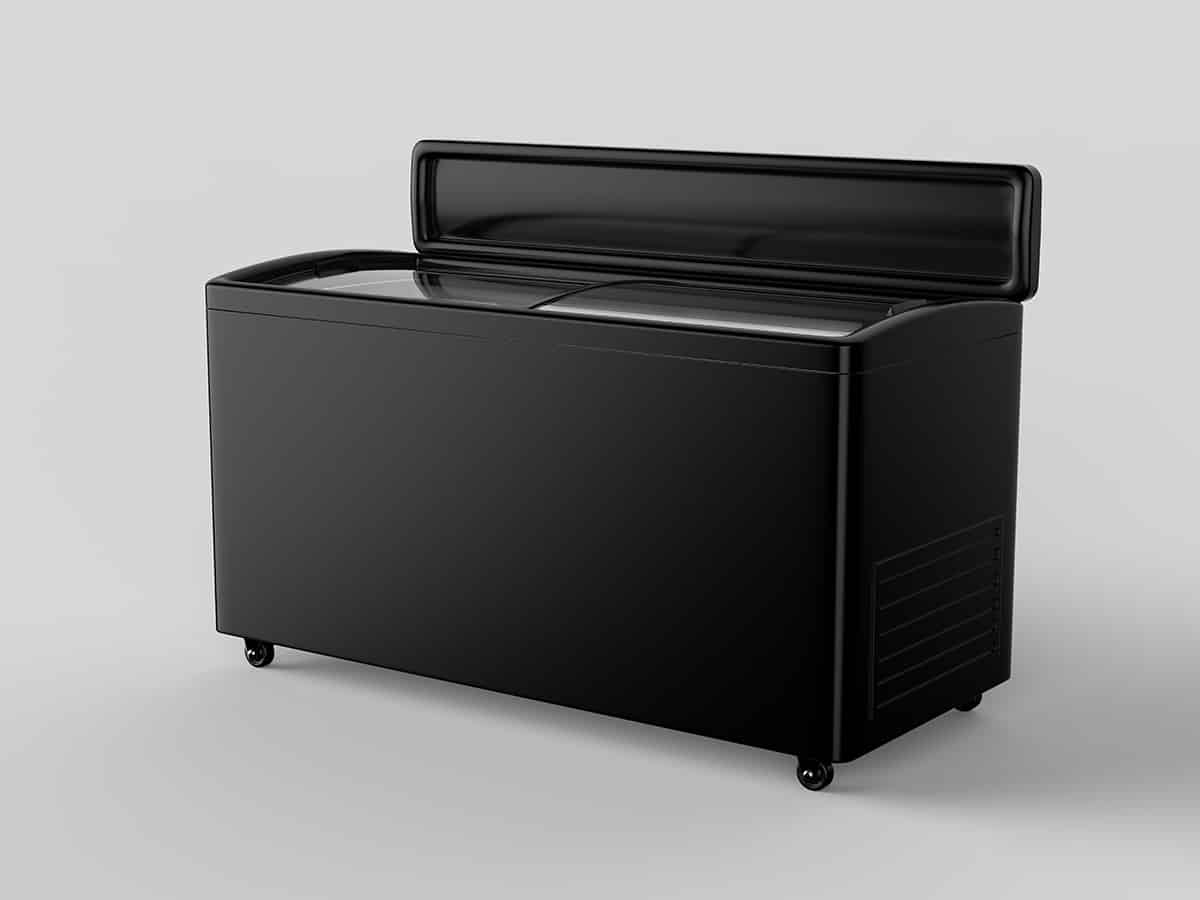
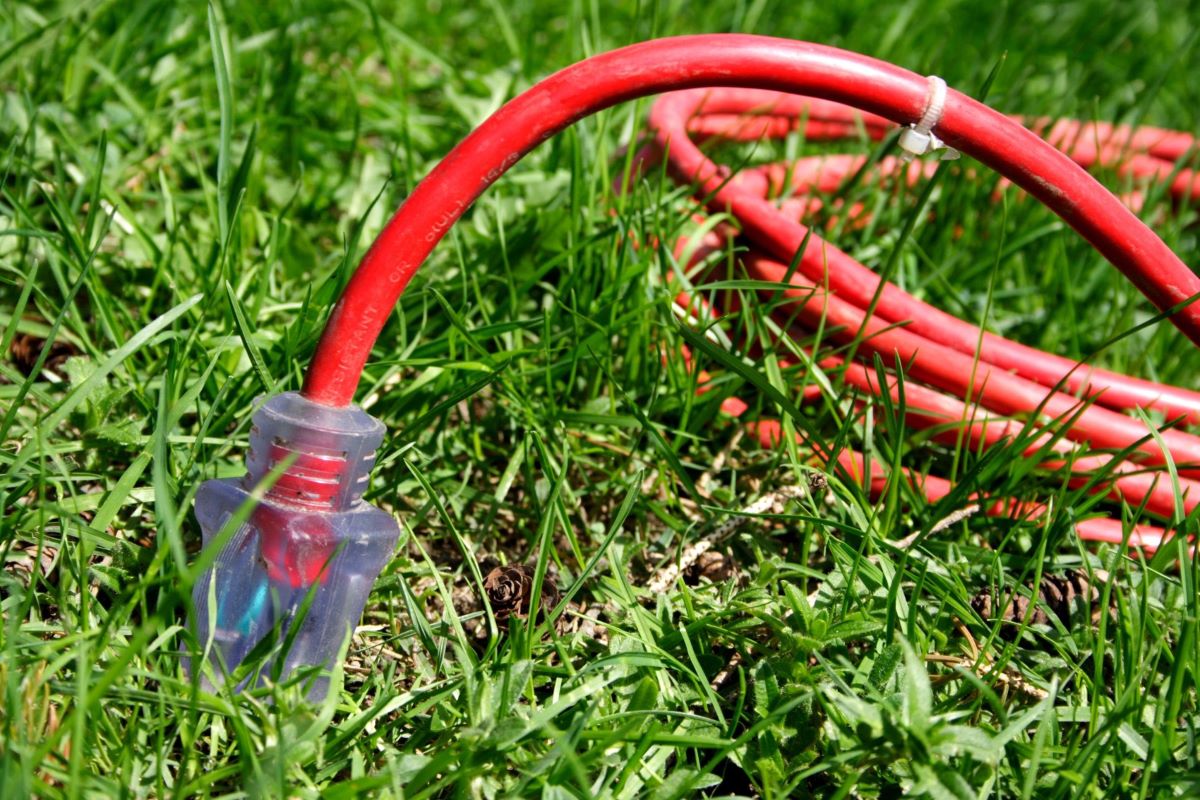
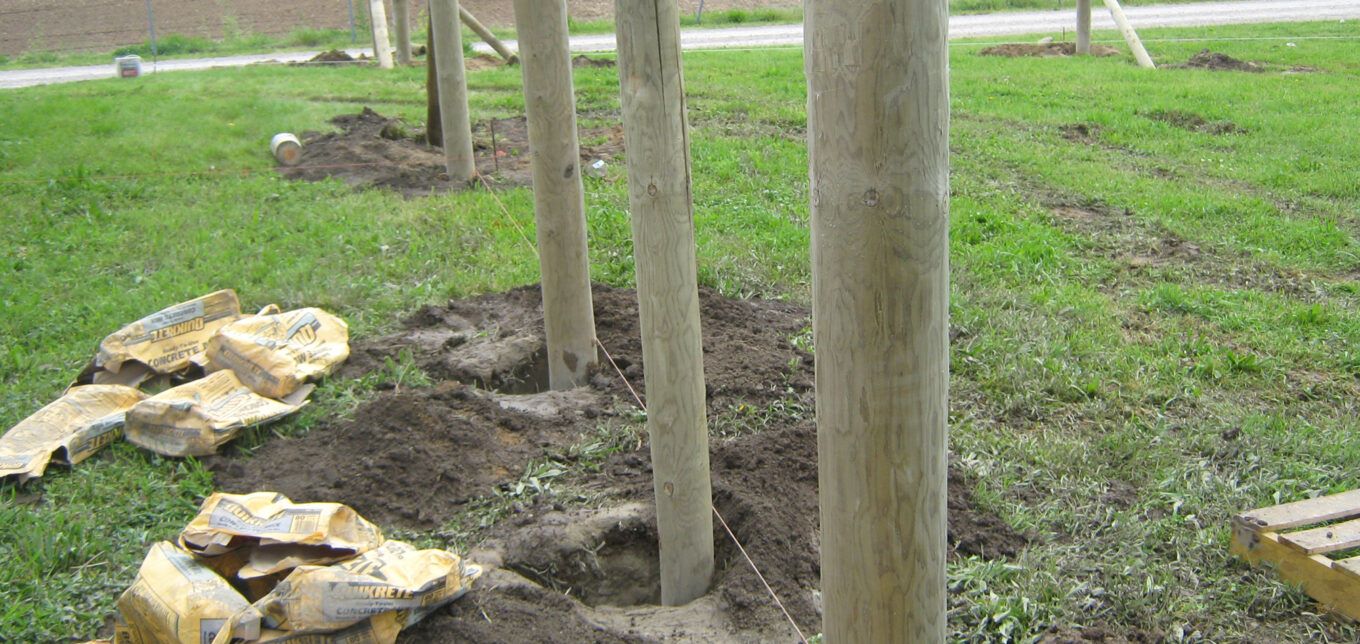
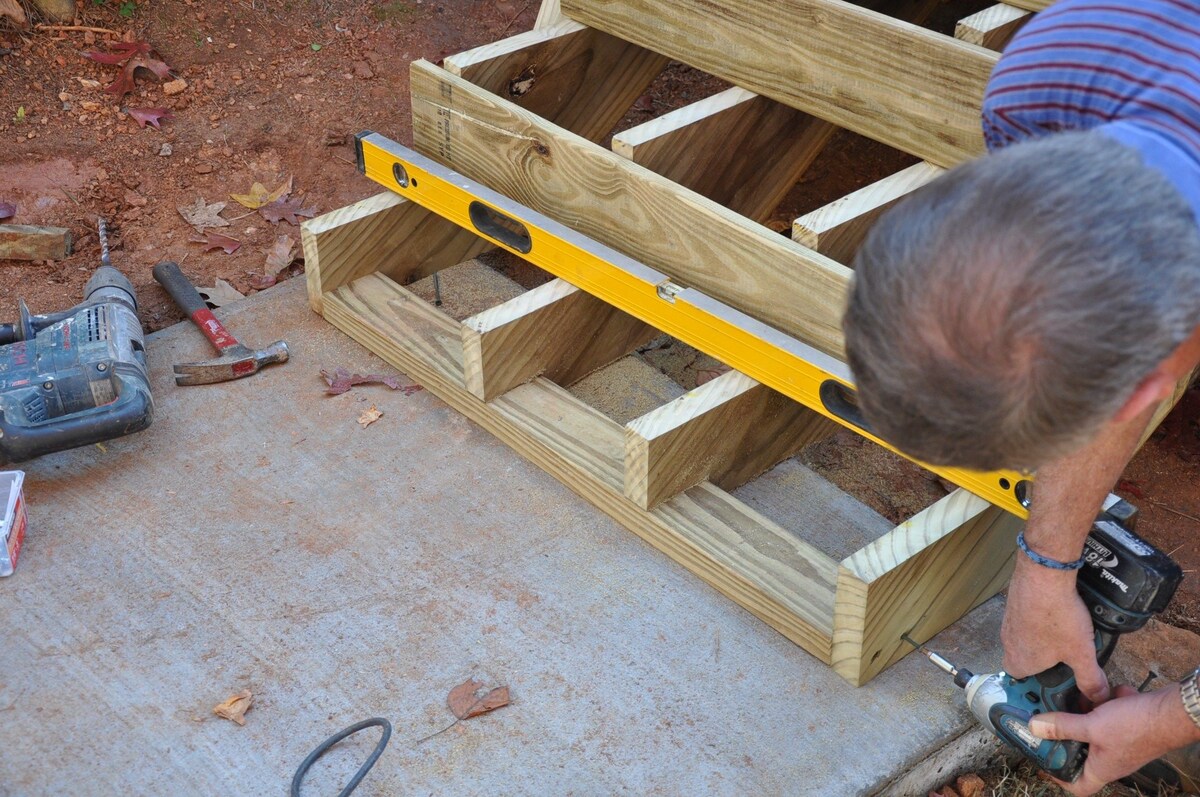


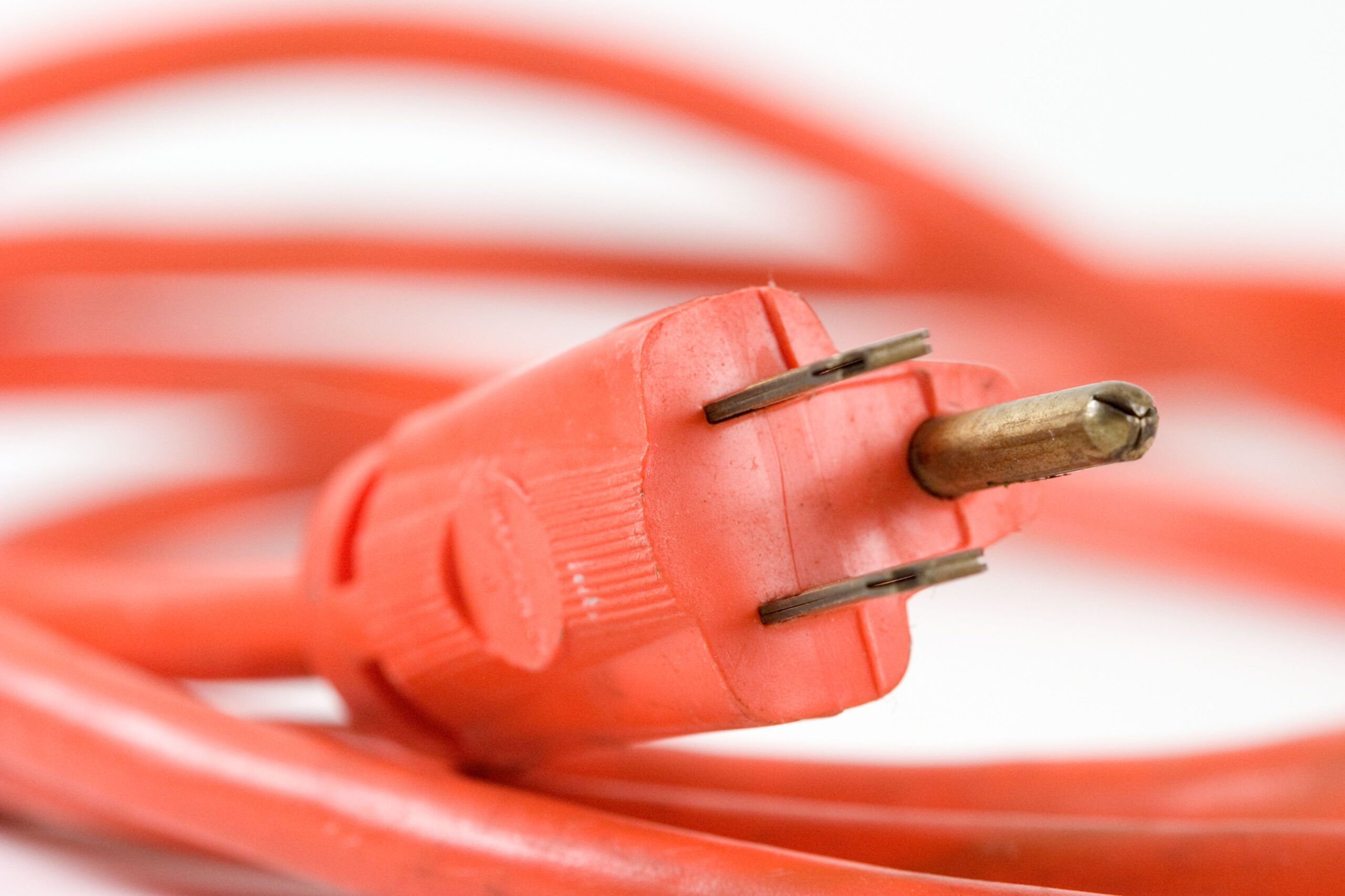
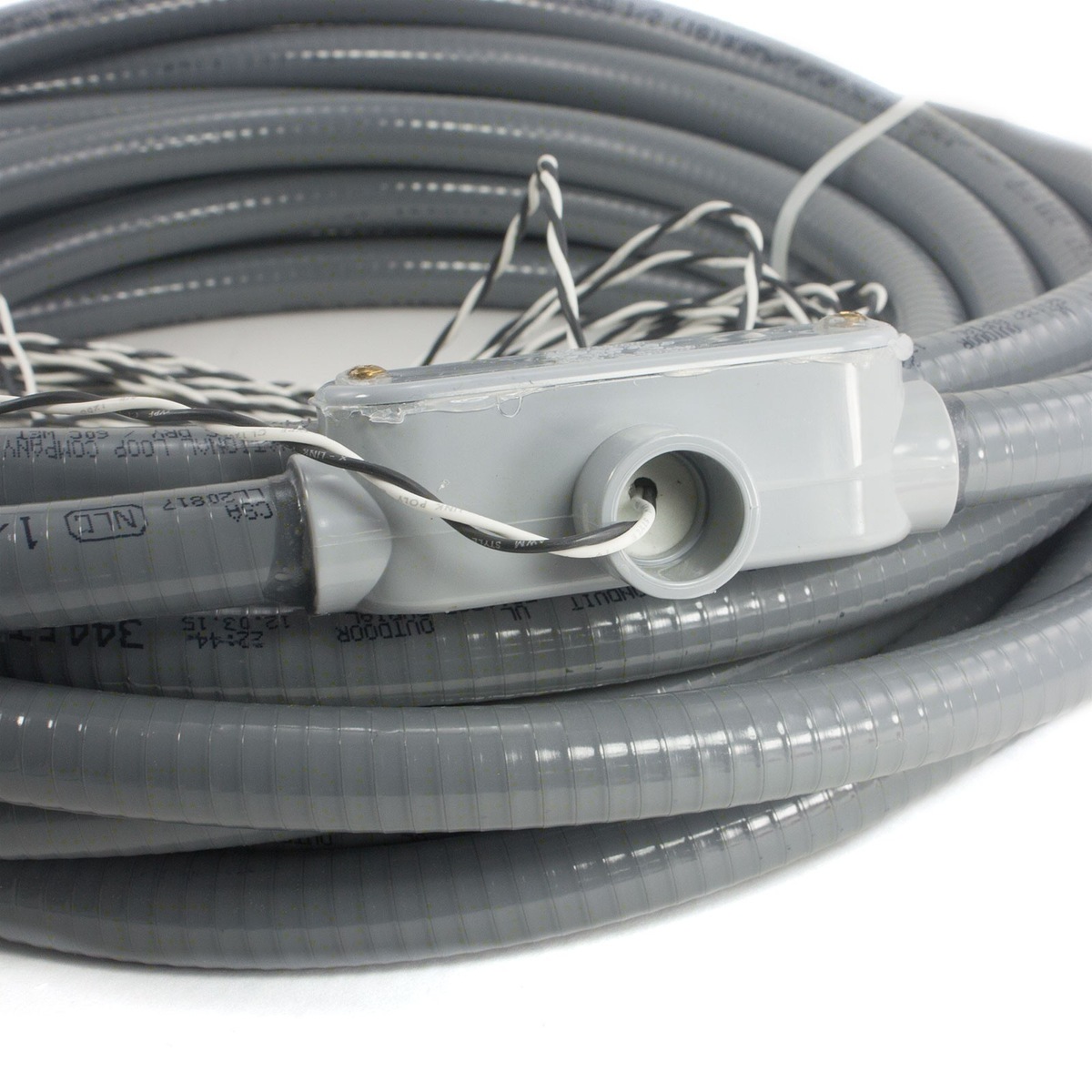
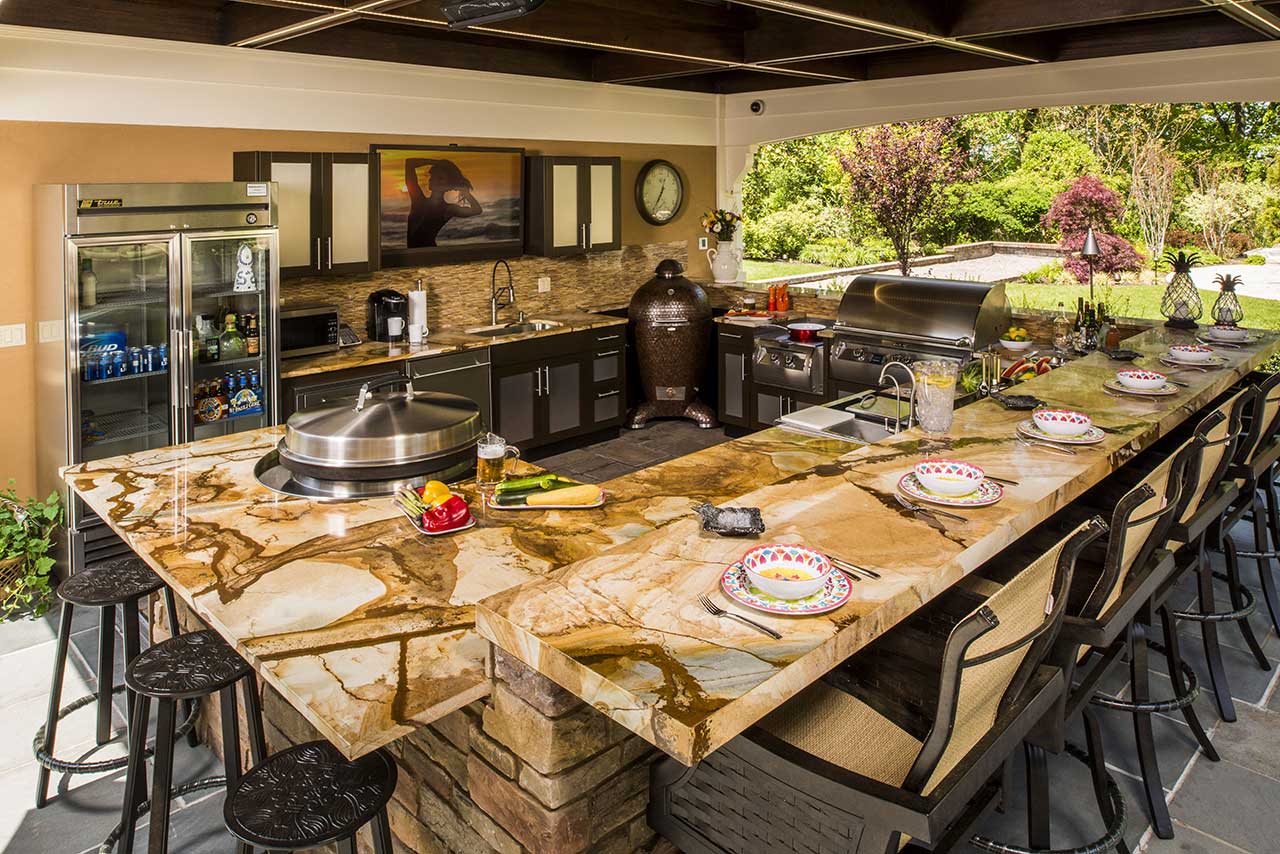
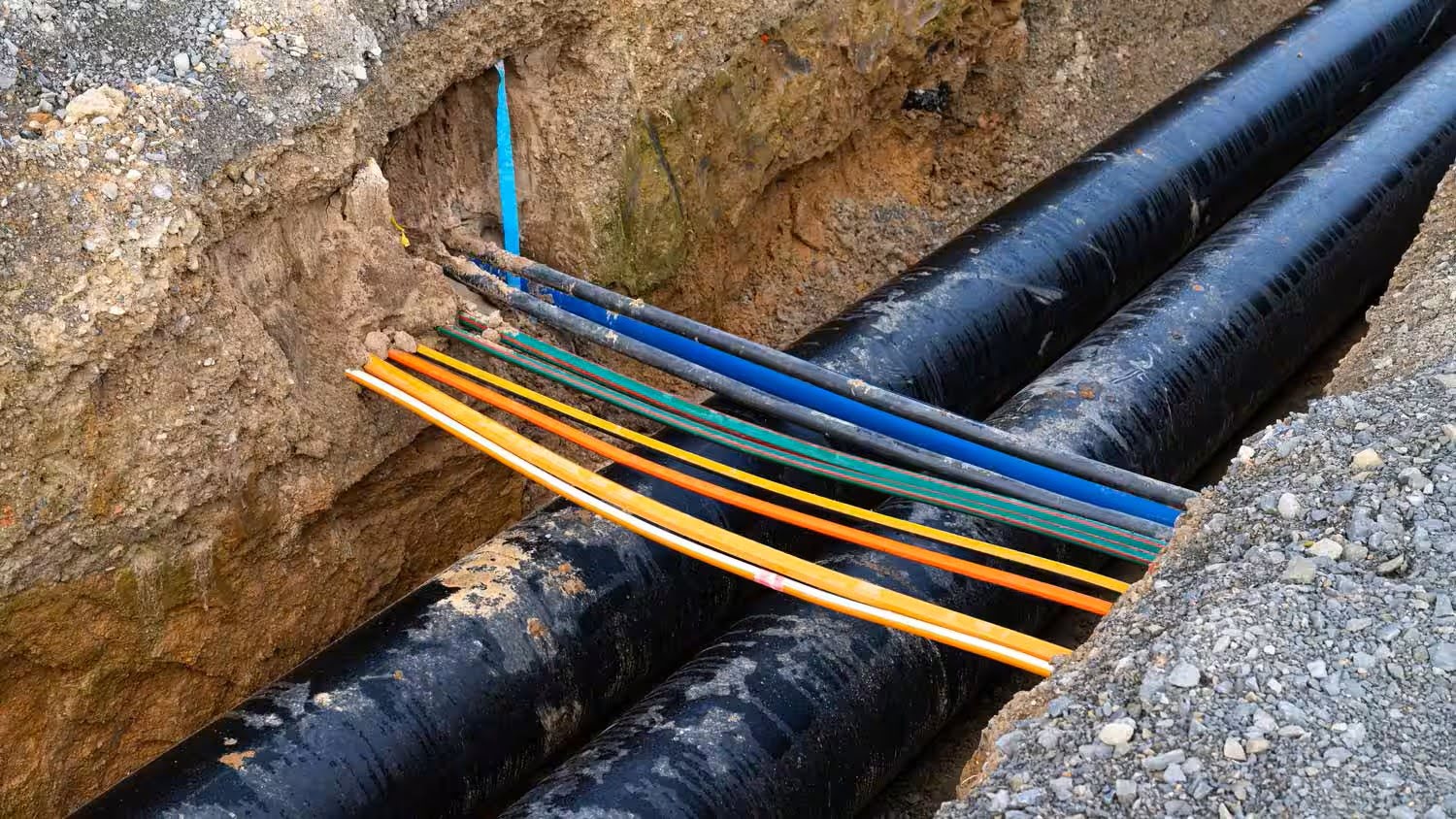
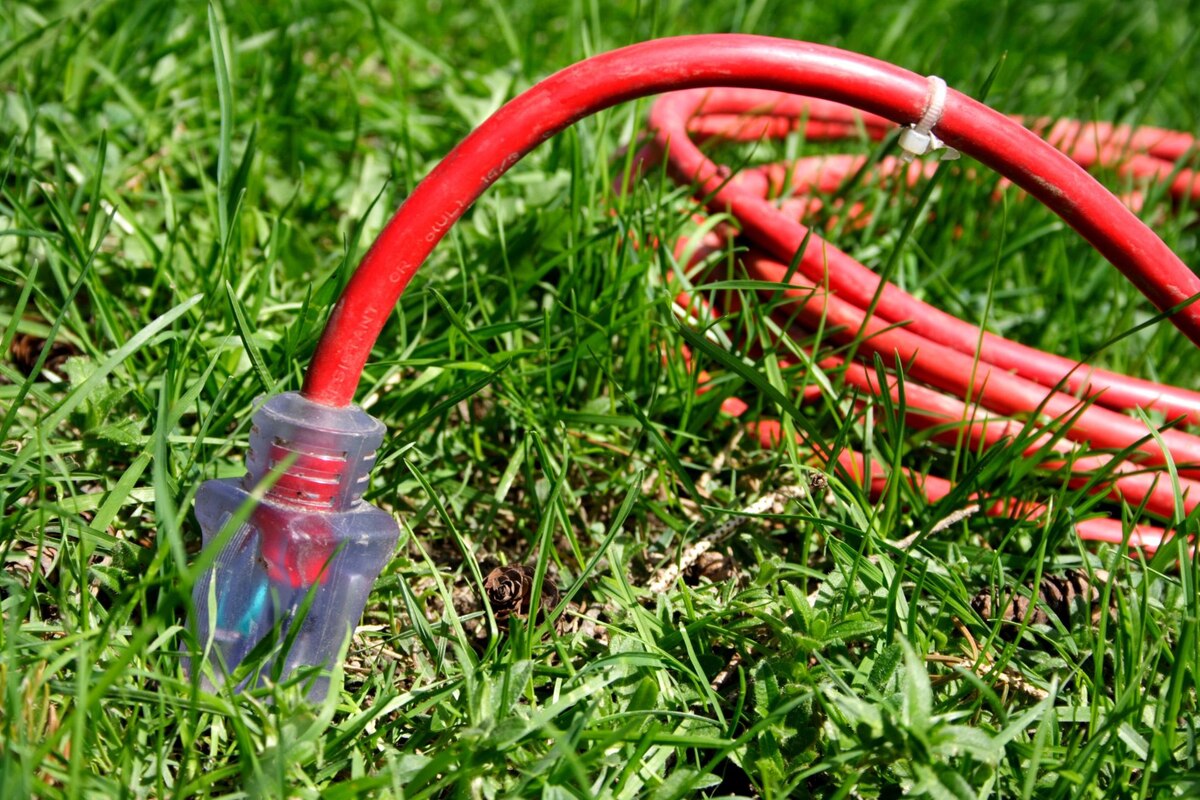


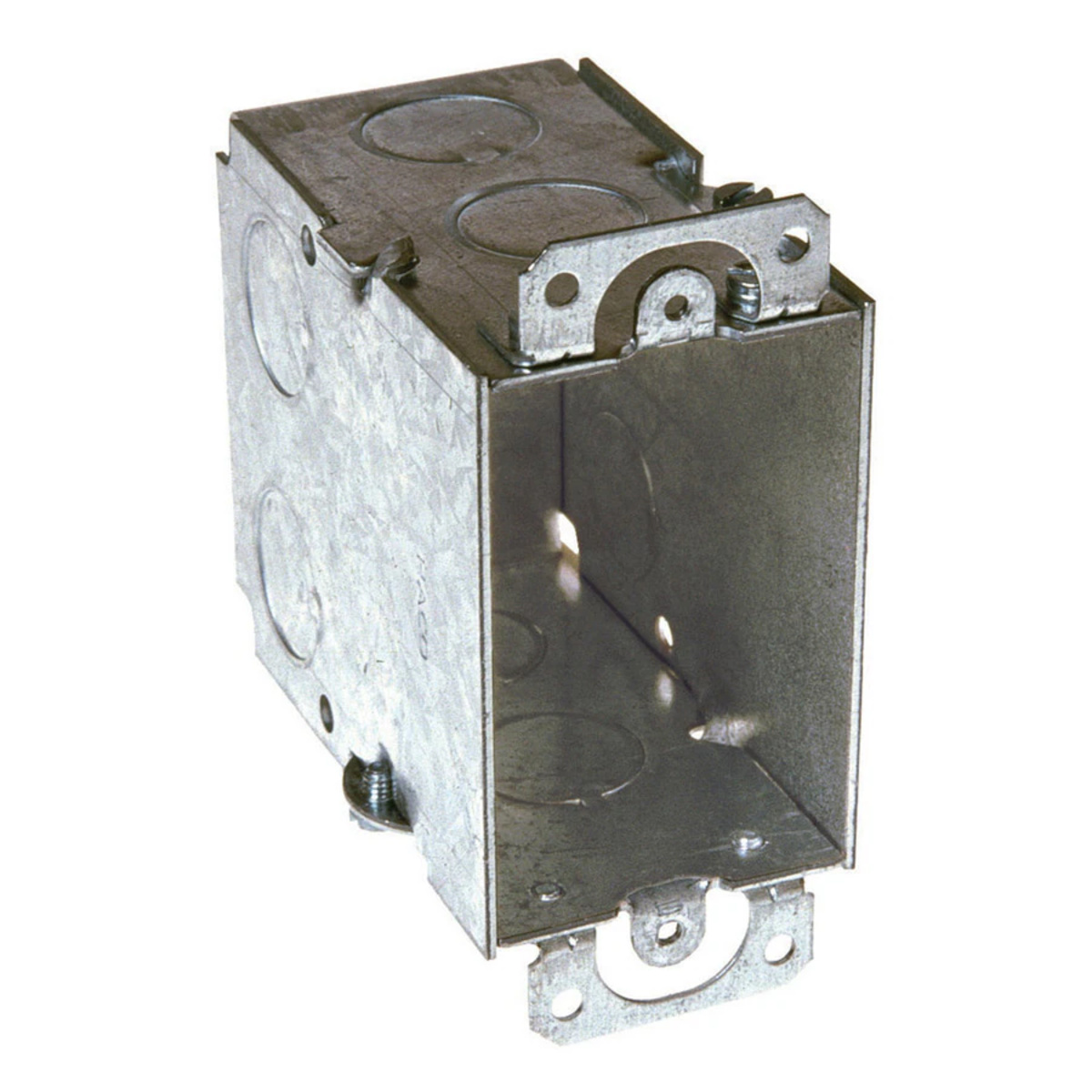

0 thoughts on “How Deep Does Outdoor Electrical Need To Be Buried”